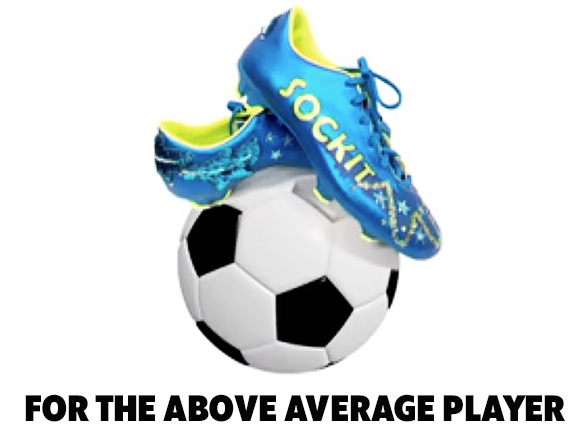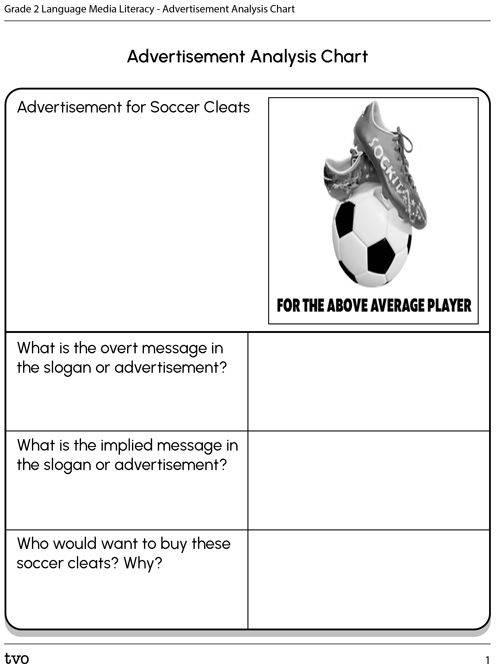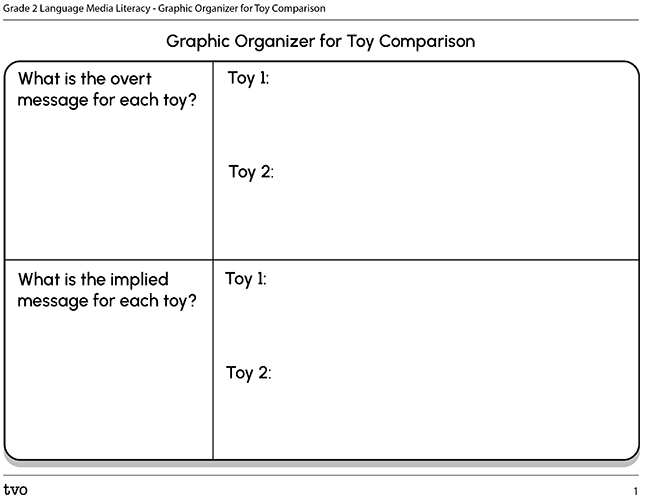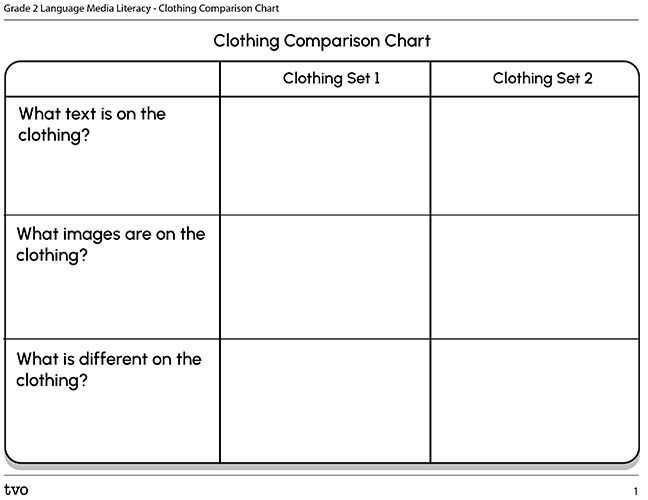Sole searching!
Let’s explore the following video entitled “Sole searching” and join Melissa and Ruth as they make an informed decision before buying shoes.
Overt and implied messaged in advertisement
Advertisements use overt (shown openly, not hidden) and implied (suggested but not actually said) messages to make their product more appealing. Examine the slogan that Melissa uses to describe the SOCKIT soccer cleats. The text in the advertisement for SOCKIT cleats reads: “For the above average player.”

Questions
Complete the Advertisement Analysis Chart in your notebook or use the following fillable and printable document to record your thinking on the following questions:
- What is the overt message in the slogan or advertisement?
- What is the implied message in the slogan or advertisement?
- Who would want to buy these soccer cleats? Why?
| Advertisement for Soccer Cleats | |
| What is the overt message in the slogan or advertisement? | |
| What is the implied message in the slogan or advertisement? | |
| Who would want to buy these soccer cleats? Why? |

Press the Activity button to access the Advertisement Analysis Chart.
Activity (Open PDF in a new tab)Types of toys
Examine the toys, their accessories, and their packaging in the following image. If you would like, you can access the description of the toys.

Press the ‘Play’ symbol to access this audio recording.
Toys Descriptions
Questions
Complete the Graphic Organizer for Toy Comparison to record your answers for the following questions:
- What is different about each toy?
- What is the same about each toy?
- What is the overt message for each toy?
- What is the implied message for each toy?
- Do you notice any of these messages in other products in your life?
You can also complete this activity by creating an audio clip or using another method of your choice.
| What is the overt message for each toy? |
Toy 1: Toy 2: |
| What is the implied message for each toy? |
Toy 1: Toy 2: |

Press the Activity button to access the Graphic Organizer for Toy Comparison.
Activity (Open PDF in a new tab)Clothing
Now, let’s examine the media text in the following image of a selection of t-shirts. If you would like, you can access the description of the t-shirts.

Press the ‘Play’ symbol to access this audio recording.
T-shirts Descriptions
Questions
Complete the Clothing Comparison Chart in your notebook or use the following fillable and printable document to record your thinking on the following questions:
- What is different about each shirt?
- What is the same about each shirt?
- What is the overt message for each shirt?
- What is the implied message for each shirt?
- Do you notice any of these messages in other products in your life?
Answer the following questions in the chart to help you compare both set of shirts.
| Clothing Set 1 (top row) | Clothing Set 2 (bottom row) | |
|---|---|---|
| What text is on the clothing? | ||
| What images are on the clothing? | ||
| What is different on the clothing? | ||
| What is the same on the clothing? | ||
| What is the overt message on the clothing? | ||
| What is the implied message of the clothing? |
Reflection
- Who do you think will buy which clothing? Why?
Designing a poster

Think of a toy that is advertised for a specific audience.
Design a poster for this toy that would appeal to everyone. You may use paper, an audio description or another method of your choice to create your design.
Consider the following questions when designing your poster:
- How would you change the text or the name of the toy?
- How would you change the design of the toy?
- Who would you show playing with the toy in the advertisements?
Reflection
How do you feel about what you have learned in this activity? Which of the next four sentences best matches how you are feeling about your learning? Press the button that is beside this sentence.
I feel...
Now, record your ideas about your feelings using a voice recorder, speech-to-text, or writing tool.
